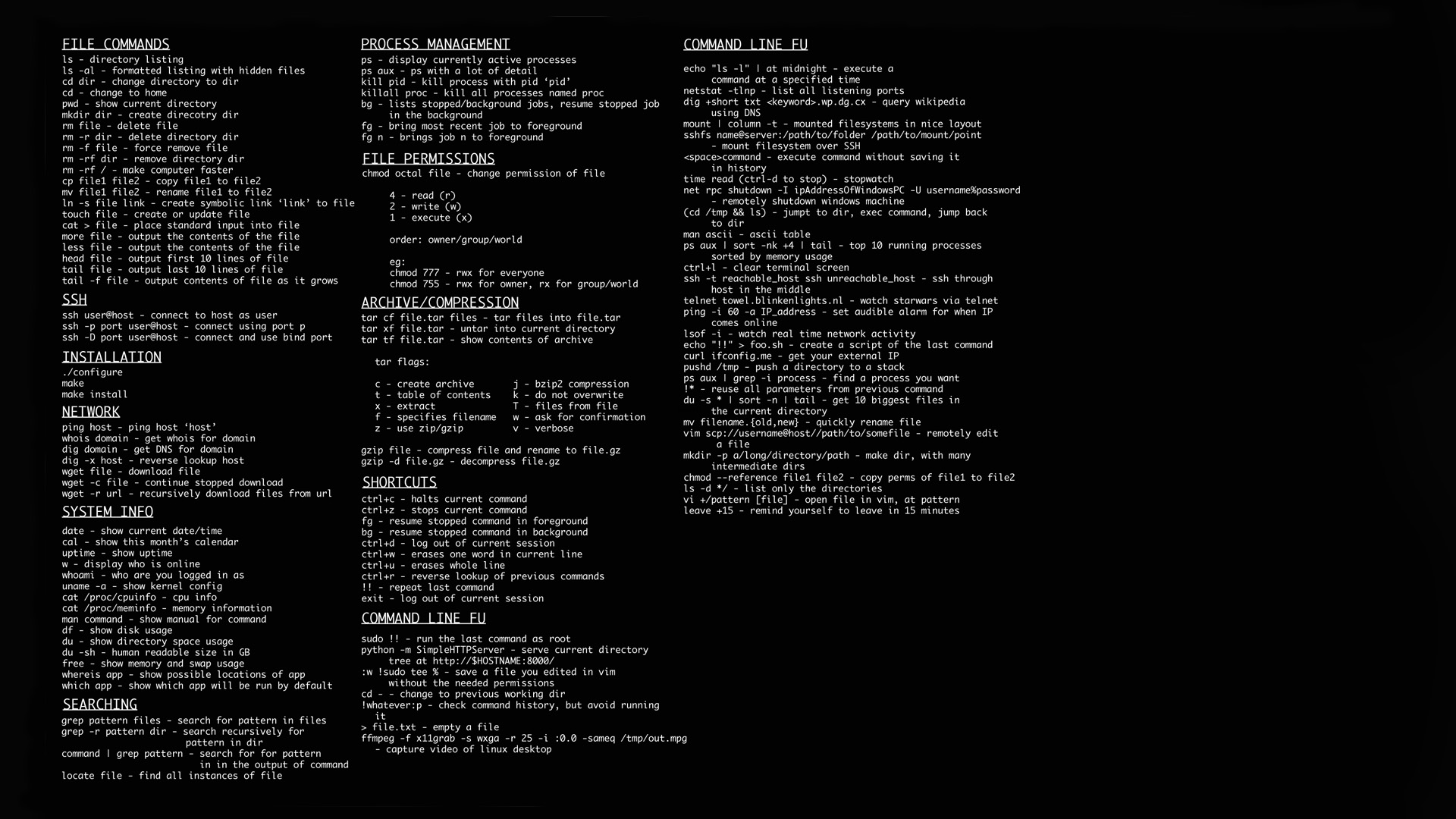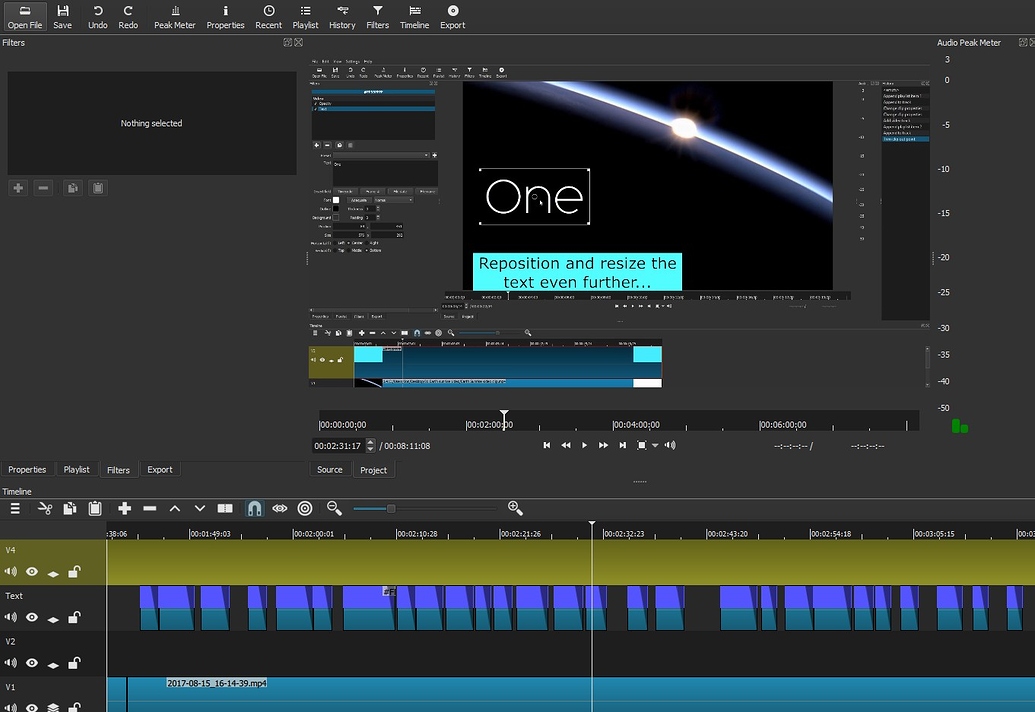
Ctrl+D or Delete: Delete the character under the cursor.Use the following shortcuts to quickly delete characters: To use this shortcut, hold the Ctrl key and tap the X key twice. This allows you to press Ctrl+XX to return to the start of the line, change something, and then press Ctrl+XX to go back to your original cursor position. Ctrl+XX: Move between the beginning of the line and the current position of the cursor.Ctrl+F: Go right (forward) one character.

Ctrl+E or End: Go to the end of the line.Ctrl+A or Home: Go to the beginning of the line.

Use the following shortcuts to quickly move the cursor around the current line while typing a command. Ctrl+Q: Resume output to the screen after stopping it with Ctrl+S.This is particularly useful when running commands with a lot of long, verbose output, but you don’t want to stop the command itself with Ctrl+C. Ctrl+S: Stop all output to the screen.This is similar to running the “clear” command. The following shortcuts allow you to control what appears on the screen. RELATED: How Linux Signals Work: SIGINT, SIGTERM, and SIGKILL Controlling the Screen This is similar to running the exit command. This sends an EOF (End-of-file) marker to bash, and bash exits when it receives this marker. To return the process to the foreground later, use the fg process_name command. This sends the SIGTSTP signal to the process. Ctrl+Z: Suspend the current foreground process running in bash.This sends the SIGINT signal to the process, which is technically just a request-most processes will honor it, but some may ignore it.



 0 kommentar(er)
0 kommentar(er)
